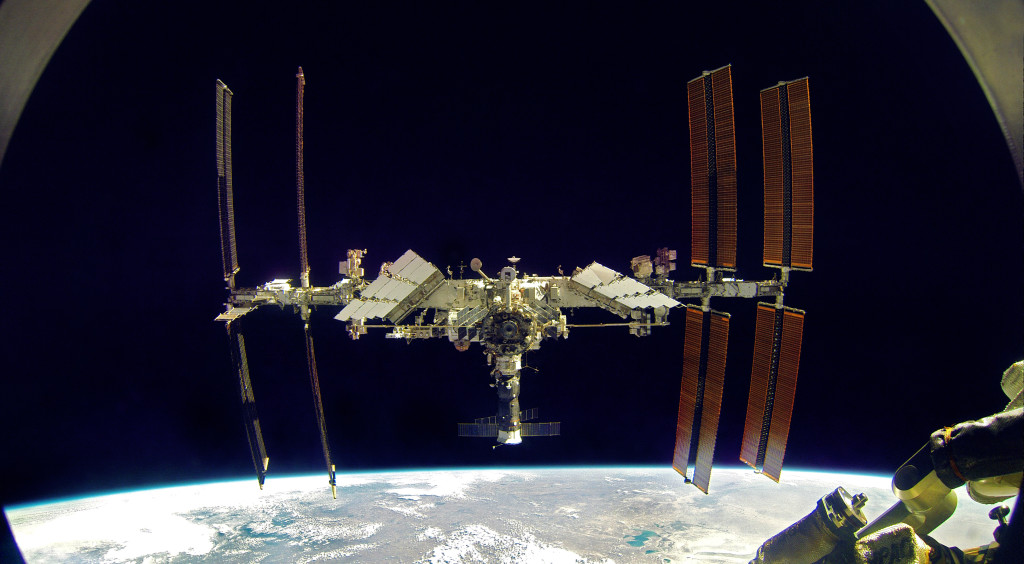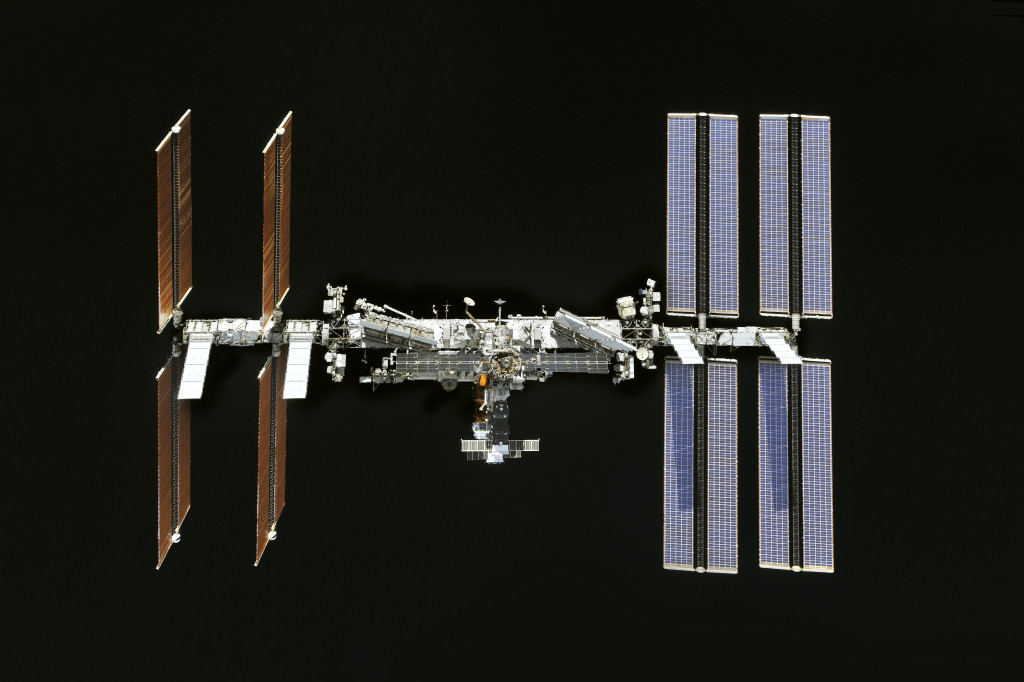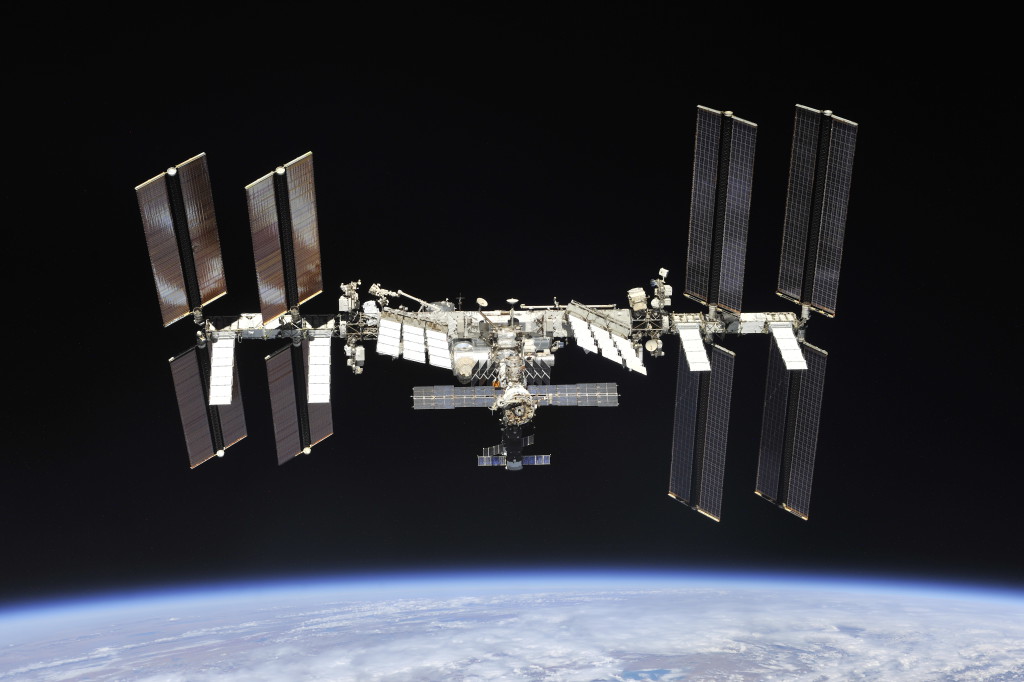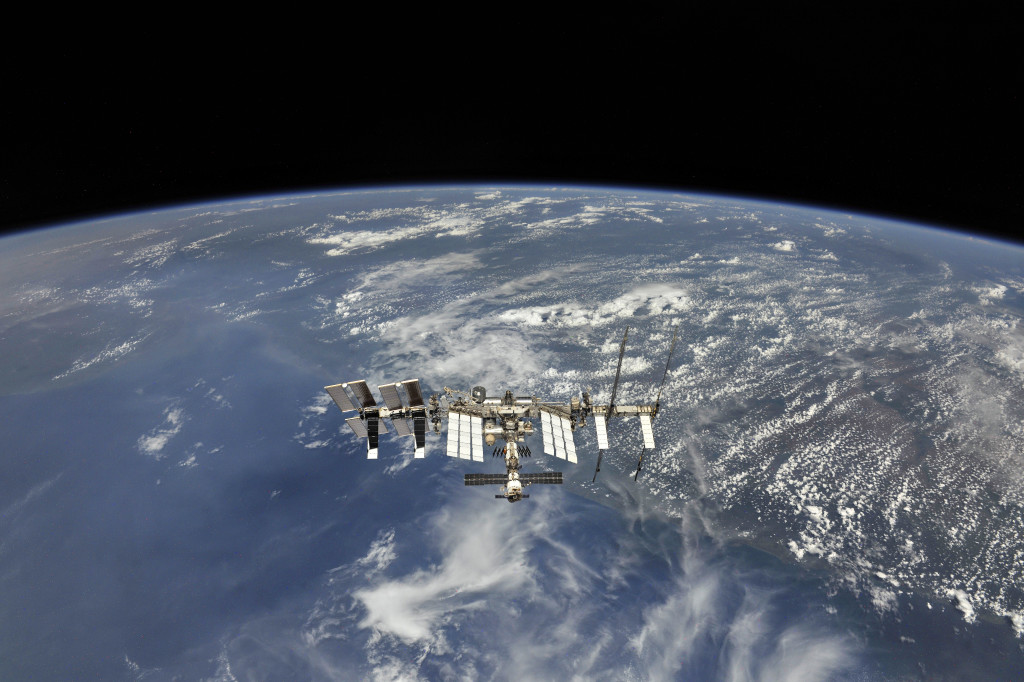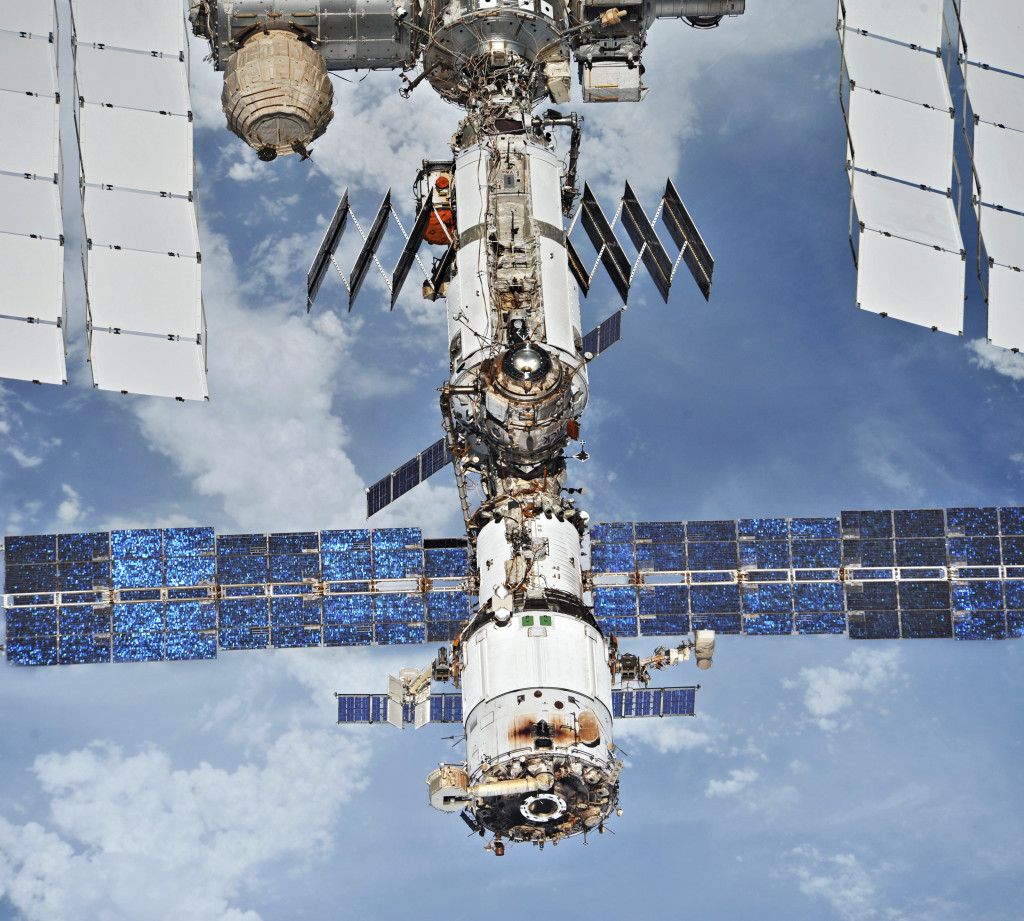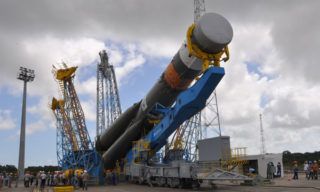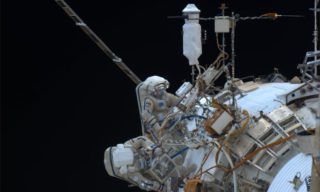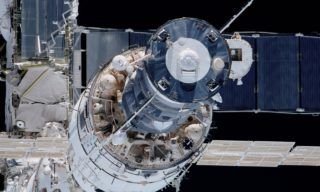In 2018, it is 20th anniversary of the most significant international space projects, the largest manned artificial satellite of the Earth – the International Space Station (ISS).
20 years ago, on January 29, an agreement on the creation of a space station was signed in Washington, and on November 20, 1998, construction of the station began – from the Baikonur cosmodrome, the “Proton” launch vehicle was successfully launched with the first module, the functional cargo block “Zarya”.
In the same year, on December 7, the second element of the orbital station, the “Unity” connection module, was docked with the block “Zarya”.
Two years later a new element was added – a service module “Zvezda”.
On November 2, 2000, the International Space Station began its work in the manned mode.
The “Soyuz TM-31” spacecraft with the crew of the first long-term expedition docked to the “Zvezda” service module.
The approach of the ship to the station was carried out according to the scheme, that was used when flying to the “Mir” station.
Ninety minutes after docking, the hatch was open, and the ISS-1 crew first stepped aboard the ISS.
The crew of the ISS-1 consisted of Russian cosmonauts Yuri Gidzenko, Sergey Krikalev and American astronaut William Shepherd.
On March 21, 2001, with the US space shuttle “Discovery”, which delivered the crew of the second expedition to the ISS, the crew of the first long-term mission returned to Earth.
The landing site was the J.F. Kennedy Space Center, Florida, USA.
Today, the ISS is the largest international project, piloted orbital station, used as a multipurpose space research complex.
Space agencies ROSCOSMOS (Russia), NASA (USA), JAXA (Japan), CSA (Canada), ESA (European countries) are participating in this global project.
ISS is a unique experience of international cooperation, support and mutual assistance; construction and operation in near-earth orbit of a large engineering structure, which is of great importance for the future of all mankind.
